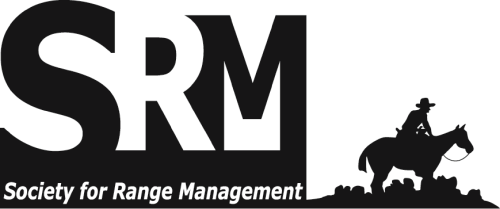On the Ground • Bison are considered the keystone species of the Great Plains but widespread slaughter led to their near extinction. • Utah has two wild, free-ranging herds on public lands managed as wildlife though hunting. Both herds are descended from animals reintroduced to the Henry Mountains in the 1940s and more recently the Book Cliffs in 2008. • Key elements for the successful ecological restoration of bison include: ∘ Legal designation of bison as wildlife in the state ∘ Genetically-pure, disease-free source ∘ Large expanses of habitat-they take a lot of room ∘ Potential conflicts must be identified and addressed in a transparent manner ∘ Mutual purpose and trust with all affected stakeholders is essential; i.e., ask, How can we have both sustainable livestock grazing and a viable bison herd on the unit? ∘ Active management to address changing situations and maintain herd size at a sustainable level The Rangelands archives are made available by the Society for Range Management and the University of Arizona Libraries. Contact lbry-journals@email.arizona.edu for further information. Migrated from OJS platform March 2020

Practical, non-technical peer-reviewed articles published by the Society for Range Management. Access articles on a rolling-window basis from vol 1, 1979 up to 3 years from the current year. More recent content is available by subscription from SRM.